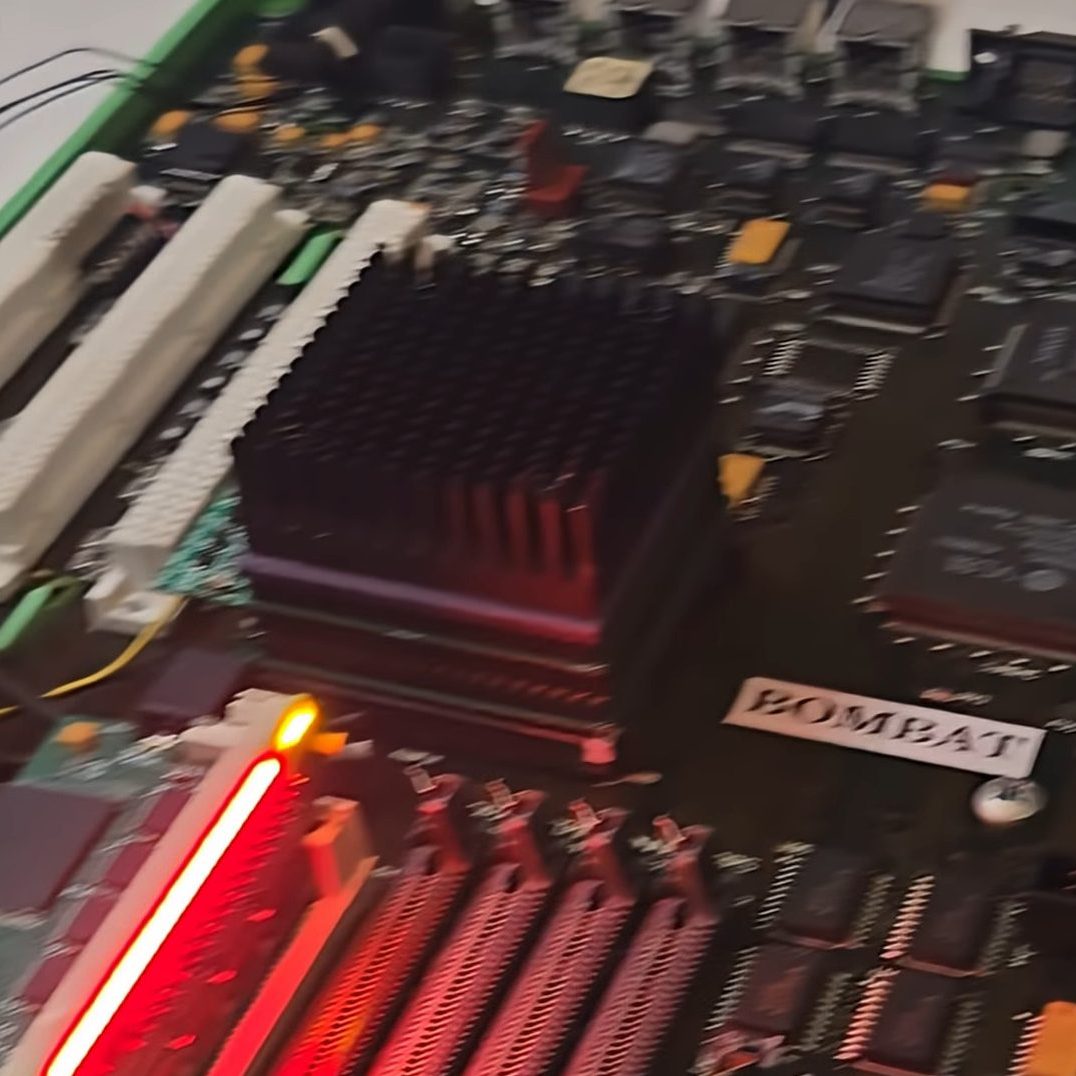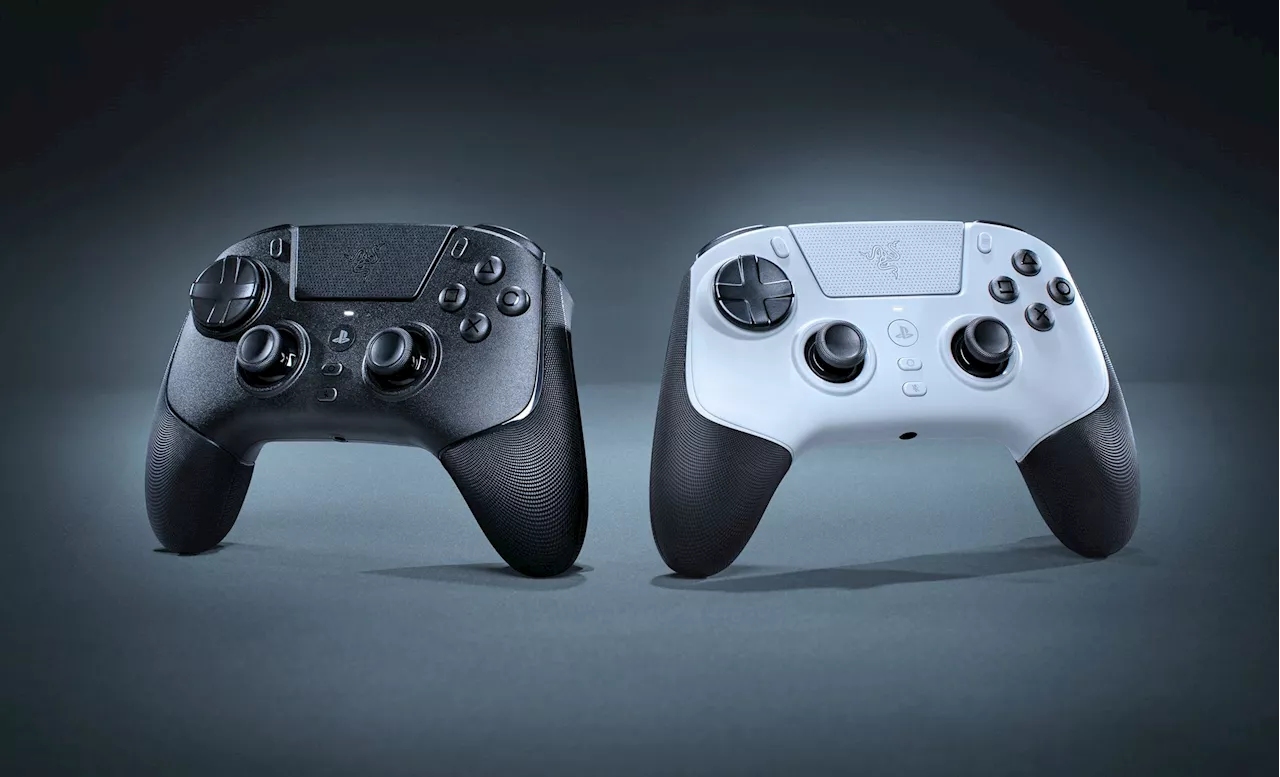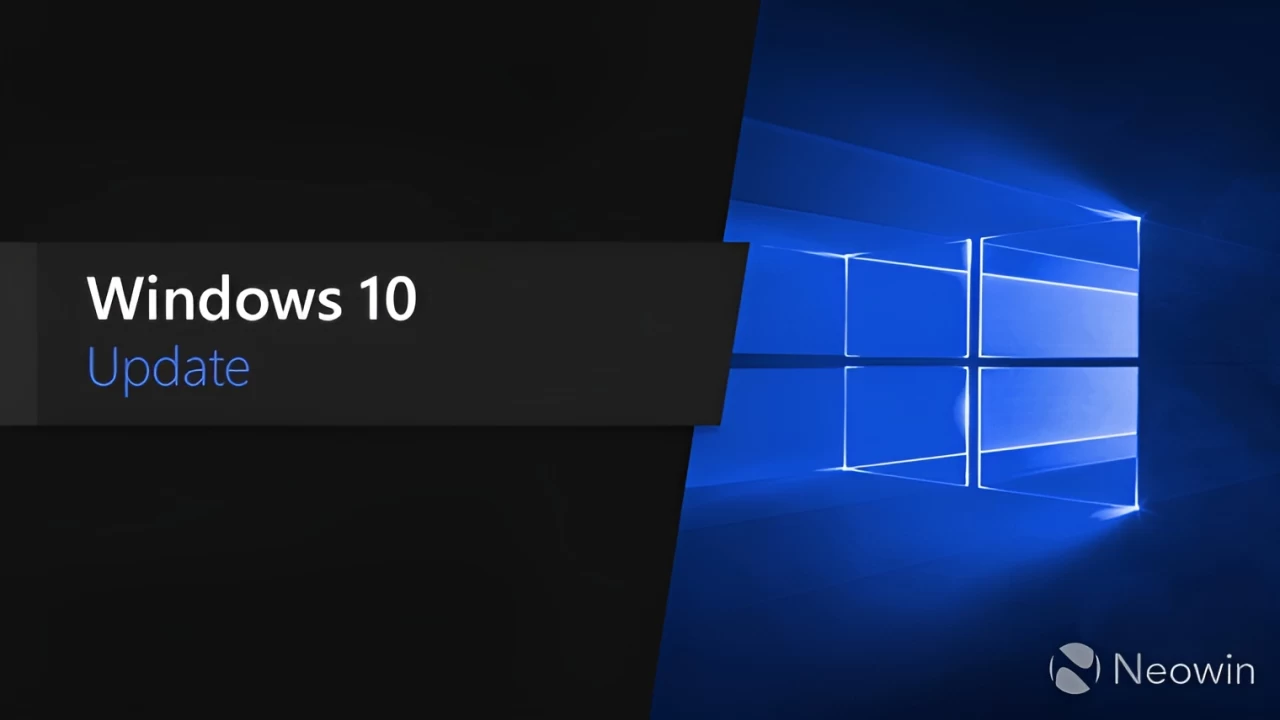Smart home enthusiasts are discovering new ways to maintain control over their devices, even during internet outages. Many users have faced challenges with devices that rely heavily on cloud connectivity, leading to frustration when they cannot control essential functions like lighting or security systems. This prompted a shift towards local control solutions, with platforms like Home Assistant gaining prominence.
Users have reported issues with smart devices that fail to function without an active internet connection. While many manufacturers promote cloud-dependent features, this reliance can lead to significant limitations. For instance, smart lighting often becomes unresponsive during connectivity issues, highlighting the necessity for a more dependable solution. To counter these challenges, many consumers are opting for local control setups, allowing them to operate their devices seamlessly, regardless of internet status.
Transitioning to Home Assistant for Enhanced Control
For those navigating multiple ecosystems of devices, integrating everything into a single platform can be a game changer. The Home Assistant platform offers a way to unify different devices, allowing users to control everything from one dashboard. By running Home Assistant on a mini PC, users can consolidate their smart home devices, which can include those powered by Zigbee, Z-Wave, and even HomeKit.
This transition eliminates the need for multiple applications, streamlining control and enhancing functionality. Users can now manage their smart homes without relying on the cloud, significantly reducing the impact of internet outages. The local-first approach not only enhances reliability but also grants users greater autonomy over their devices.
Local Control Versus Cloud Dependency
The shift to local control is underscored by the capabilities of Home Assistant, which integrates various communication protocols. This platform enables users to connect devices without needing an internet connection, making operations seamless and effective even during outages. For example, smart vacuum cleaners can continue operating based on pre-set schedules, ensuring homes remain clean without cloud dependence.
Many users have opted to retain their existing devices, such as Philips Hue lighting, and connect them directly to Home Assistant. This allows for local control of lighting settings without needing the manufacturer’s cloud services. By implementing firewall rules, users can also block devices from accessing cloud servers, ensuring their smart home functions independently of external connectivity.
The move towards self-hosting solutions has also provided users with a sense of empowerment. By reducing reliance on cloud services, individuals are not only saving on subscription costs but also learning valuable technical skills. Local servers can store critical data, such as security footage from cameras, without the need for ongoing cloud subscriptions. Users can manage storage according to their preferences, further enhancing their control.
With a large uninterrupted power supply in place, smart homes can maintain functionality even during power outages. This ensures that critical devices remain operational, providing both convenience and security. For instance, the use of Power-over-Ethernet (PoE) allows for the connection of smart lights, ensuring emergency lighting is available when needed.
In conclusion, the trend towards local control in smart homes reflects a growing desire for reliability and independence from cloud services. As users adopt platforms like Home Assistant, they can overcome challenges associated with internet connectivity and enhance their overall smart home experience. This shift not only promotes efficiency but also fosters a deeper understanding of the technologies that power modern living.







